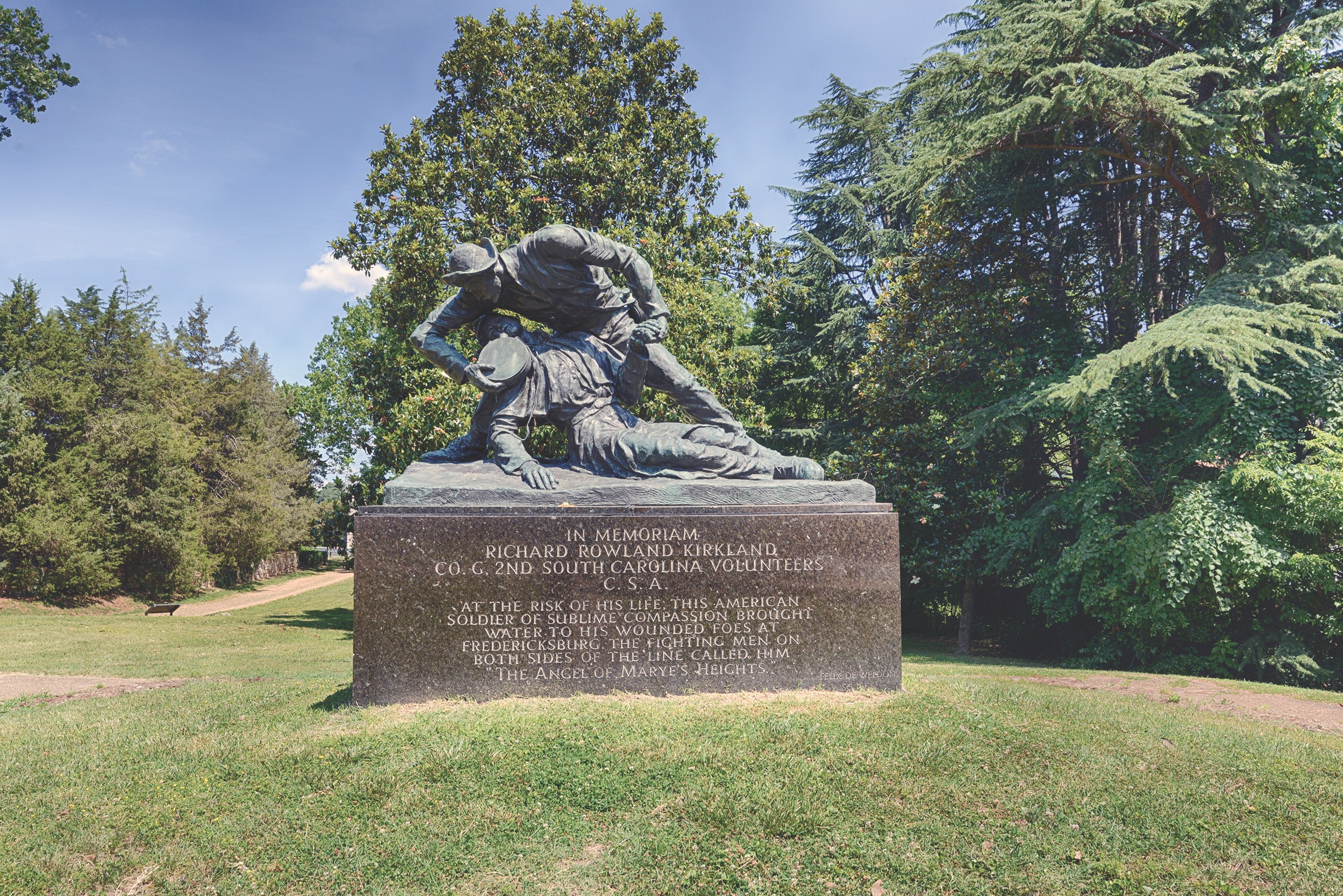Situated midway between Washington, D.C., and Richmond, Va., Fredericksburg, Va., was “a position of Manifest importance to us and the enemy,” according to Union Maj. Gen. Irvin McDowell in 1862. Its railroad and river access would make it the ideal location for a supply base as the Union Army moved south. On November 21, 1862, Maj. Gen. Ambrose Burnside, then-commander of the Army of the Potomac, called for the surrender of the town, hoping to do so before General Robert E. Lee arrived to defend it, but he was too late. The mayor of Fredericksburg, Montgomery Slaughter, negotiated a delicate truce between the two contending armies, but troops on both sides continued to descend upon the area, clearly stacking up for battle. Most of the town’s 5,000 residents fled.
Fredericksburg’s storefronts and buildings were pillaged and burned by Union troops entering it in December 1862, and its charming colonial-era houses were devastated by the rain of shell and shot during the Battle of Fredericksburg that followed. In May 1863, as part of the Chancellorsville Campaign, a second battle was fought in Fredericksburg. The Battles of the Wilderness and Spotsylvania Court House, both in May 1864, were fought less than 20 miles from town. More than 100,000 casualties resulted from the engagements in and around Fredericksburg. Some call it the vortex of the Civil War.
Today, the Fredericksburg & Spotsylvania National Military Park administers the area’s battlefields and related sites. The town of Fredericksburg retains its historic charm and celebrates its Civil War history, with many period buildings now housing antique stores selling Civil War–era relics and souvenirs. Civil War Trails Inc. signs and historical markers dot the street corners, and visitors to the area will find a history lesson at every turn.
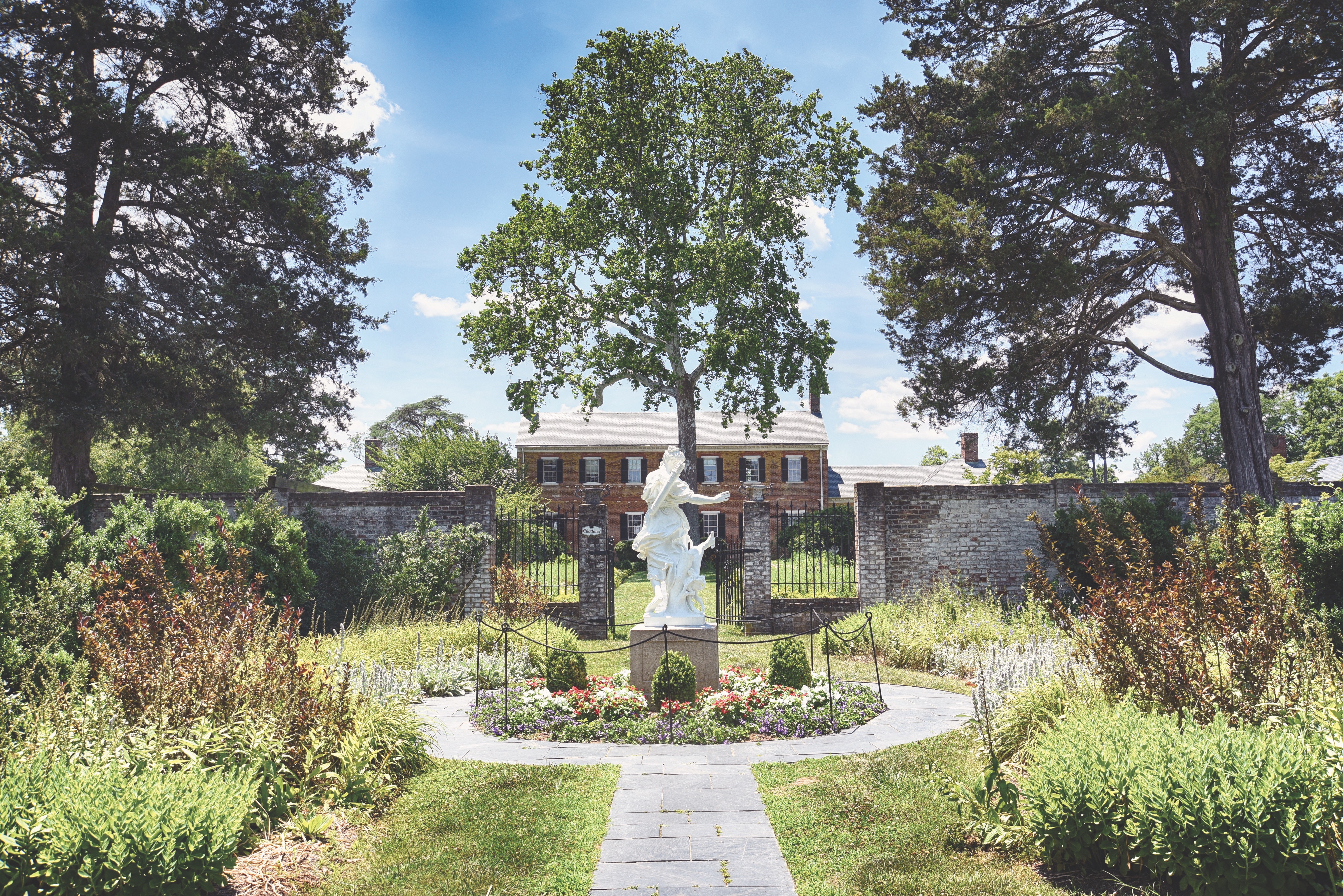
Chatham Manor, 120 Chatham Lane
When the war began, Chatham was owned by James Horace Lacy, a former schoolteacher who sympathized with the South. At the age of 37, he left Chatham to serve the Confederacy as a staff officer. His wife and children remained at the house until the spring of 1862, when the arrival of Union troops forced them to abandon the building and move across the river. For much of the next 13 months, Chatham would be occupied by the Union Army, first as a headquarters and then a hospital, in which notables such as Walt Whitman and Clara Barton tended to the wounded. Today, Chatham is part of Fredericksburg & Spotsylvania National Military Park. Five of the 10 rooms contain exhibits and the rest of the building as well as the outbuildings, are park offices.
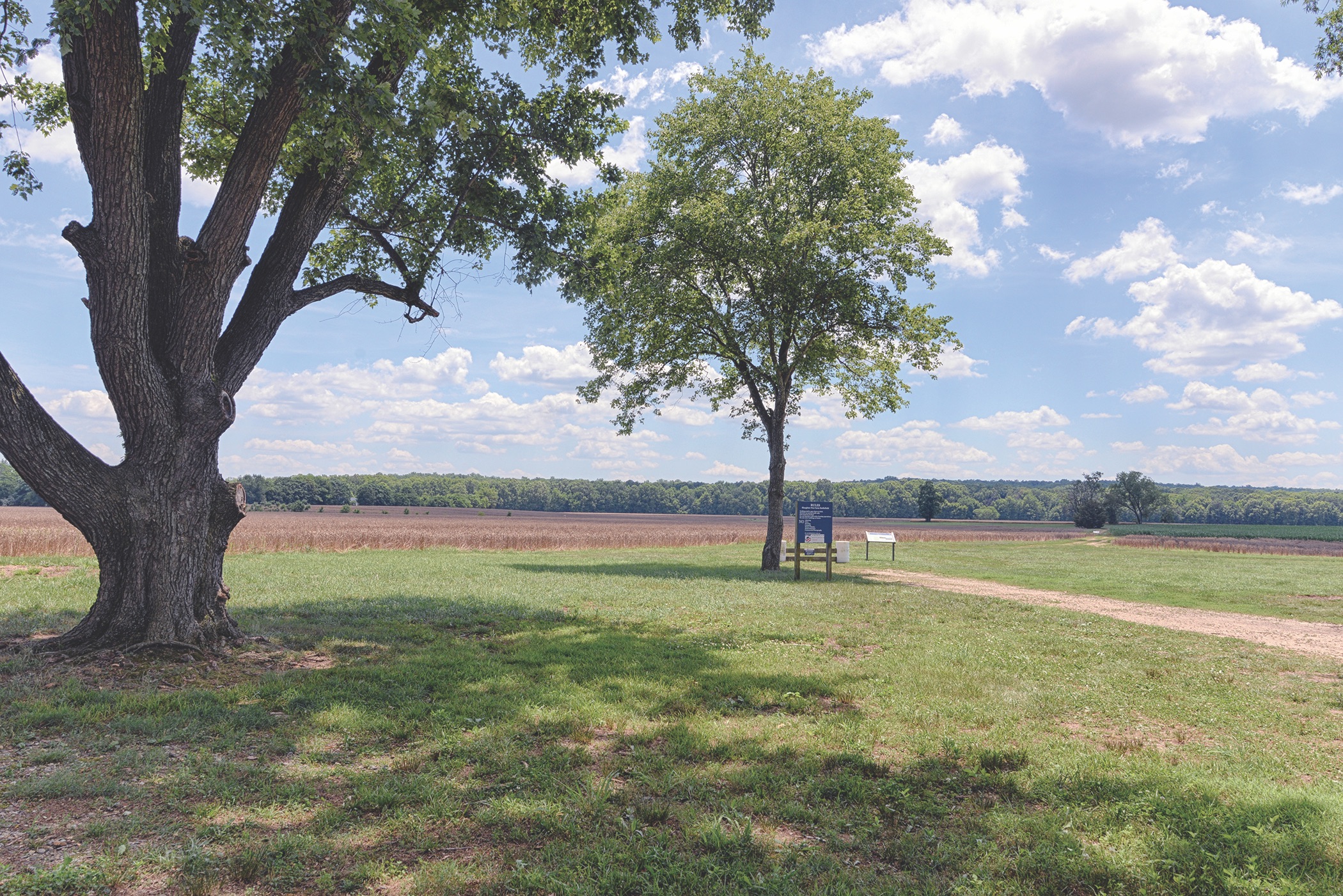
Slaughter Pen Farm, 11190 Tidewater Trail
An intense struggle for the Slaughter Pen Farm on December 13, 1862, claimed more than 5,000 casualties. Five Medals of Honor for valor were given for actions taken on the site that day. Now owned by the American Battlefield Trust, the site offers more than 200 acres to explore along a 1.75-mile trail. Interpretive signs help visitors understand the fighting that occurred on the bucolic site.
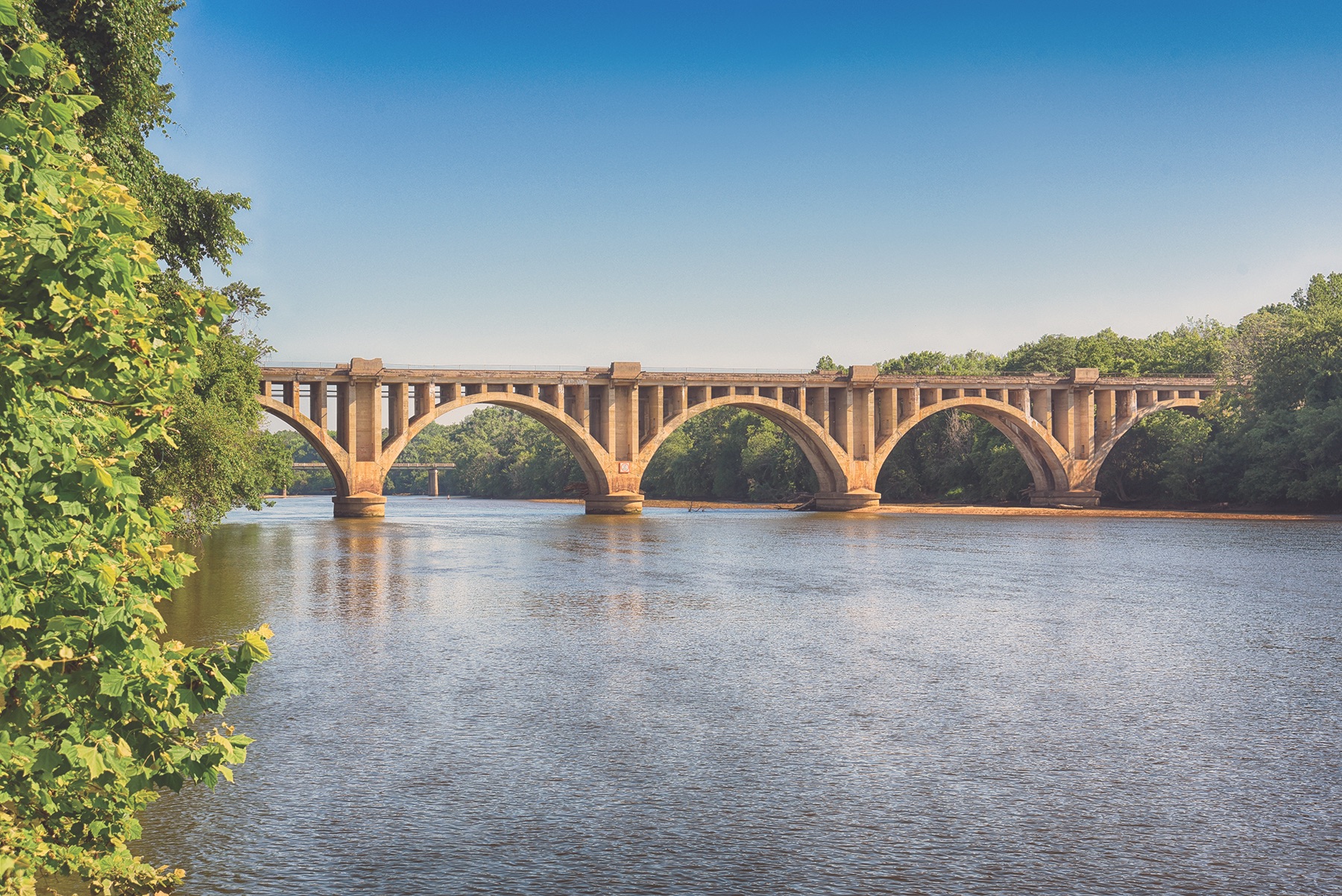
City Dock, 207 Sophia Street
Confederates destroyed three bridges spanning the Rappahannock River, including the Potomac Railroad bridge here in April 1862, forcing Union troops to build pontoon bridges to cross into town in December 1862. The 89th New York paddled across the river here under fire from Confederates on the surrounding hillsides. They pushed into town to help clear the way for Union engineers to construct what would be known as the middle pontoon bridge across this site. The next day, more than 30,000 troops crossed into Fredericksburg here.
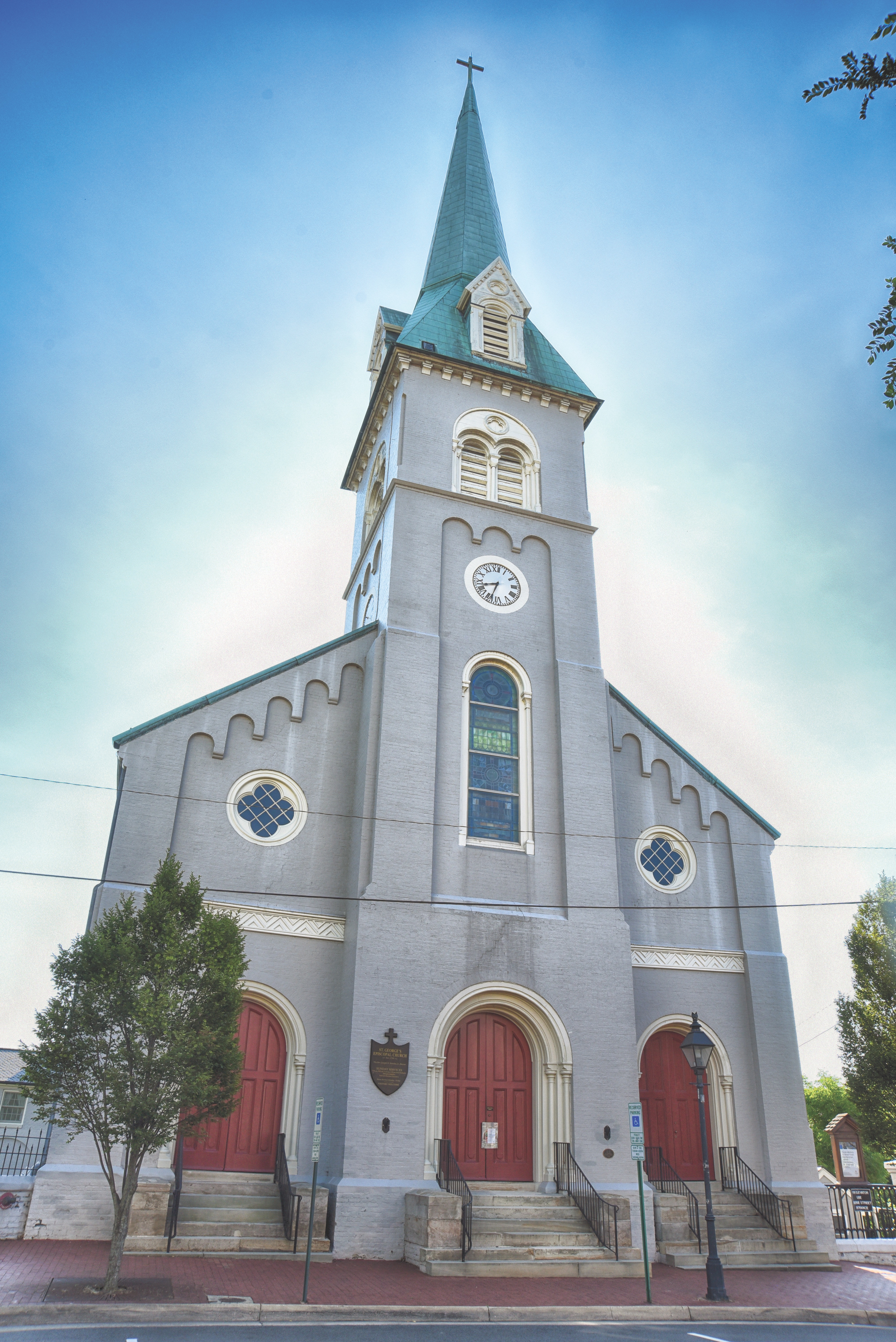
St. George’s Episcopal Church, 905 Princess Anne Street
Established in 1720, St. George’s has long been a fixture of the Fredericksburg community. In 1738, members of George Washington’s family attended it. The current building, erected in 1849, was hit by shell fire at least 25 times during the 1862 Battle of Fredericksburg. In 1863, it was used for revival meetings by Confederate troops and, in 1864, it was used as a hospital for Union soldiers injured at the Battle of the Wilderness.
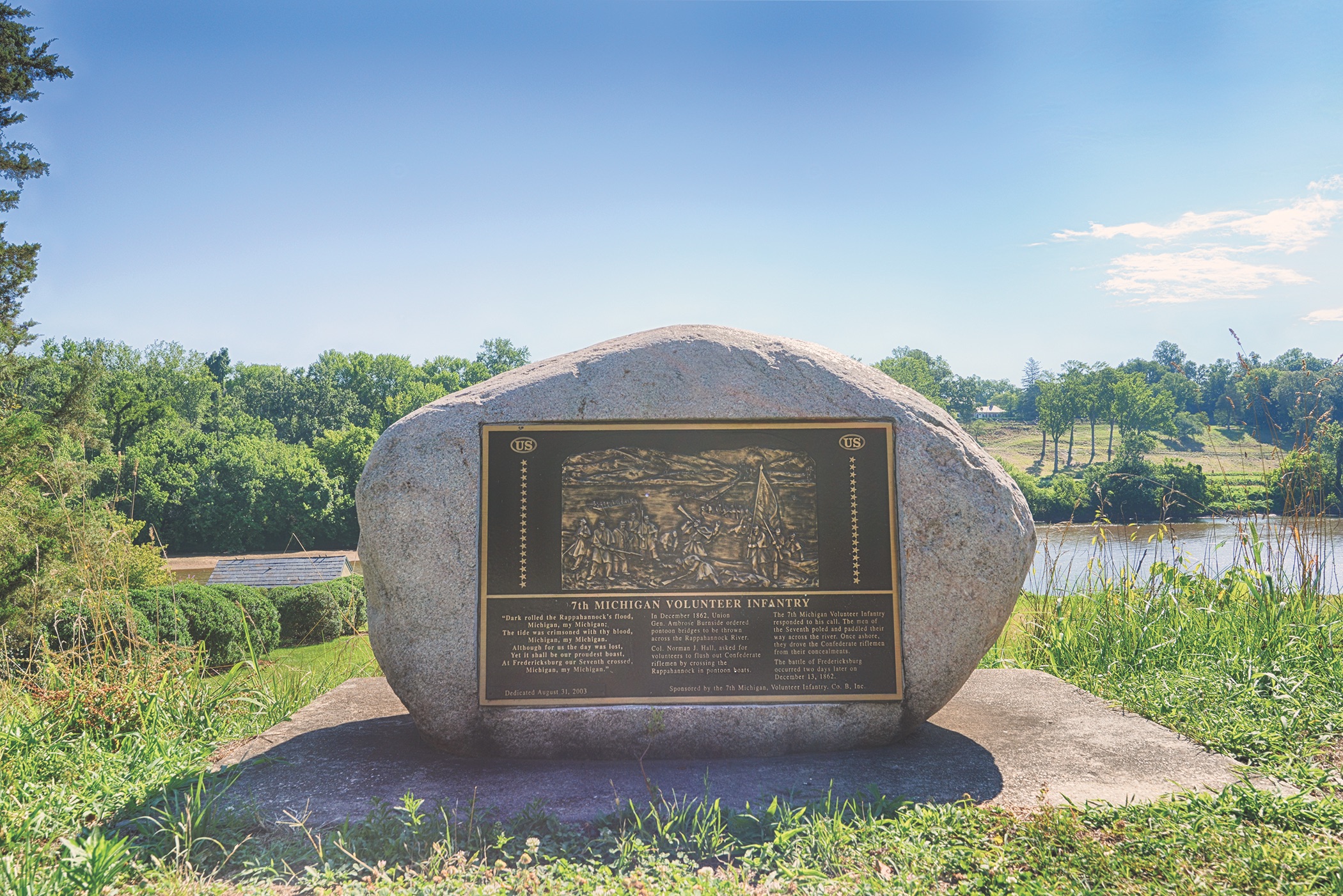
7th Michigan Monument, Sophia and Hawke Street
At the site of the upper pontoon bridge, sharpshooters from Barksdale’s Mississippi Brigade continuously halted the Federals’ bridge-building efforts, picking off anybody who dared to venture out. Colonel Norman Hall asked for volunteers to cross the river in pontoon boats and eradicate the Confederate threat. Troops from the 7th Michigan Infantry responded to his call and paddled across, then drove the Confederates from their hideouts in the surrounding homes. This monument to the 7th Michigan at the Upper Landing Site was dedicated on August 31, 2003.
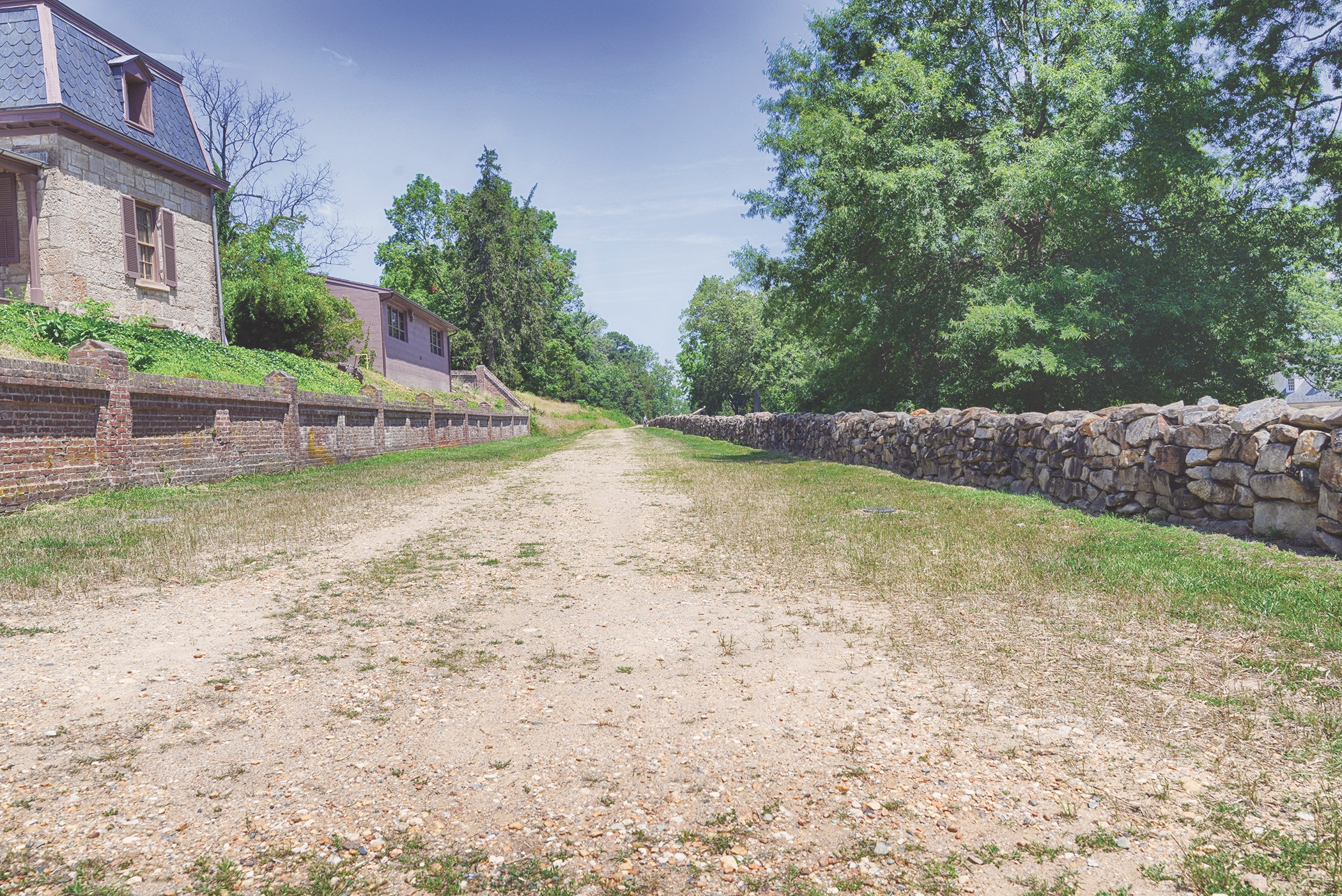
As part of the Fredericksburg & Spotsylvania National Military Park, the National Park System maintains the notorious Sunken Road and Stone Wall at the foot of Marye’s Heights, where waves of Union soldiers advanced to their deaths under Confederate fire from high ground. “We came forward as though breasting a storm of rain and sleet, our faces and bodies being only half- turned to the storm, our shoulders shrugged,” remembered one Federal soldier. Many of the dead are buried not far from where they fell at the Fredericksburg National Cemetery.
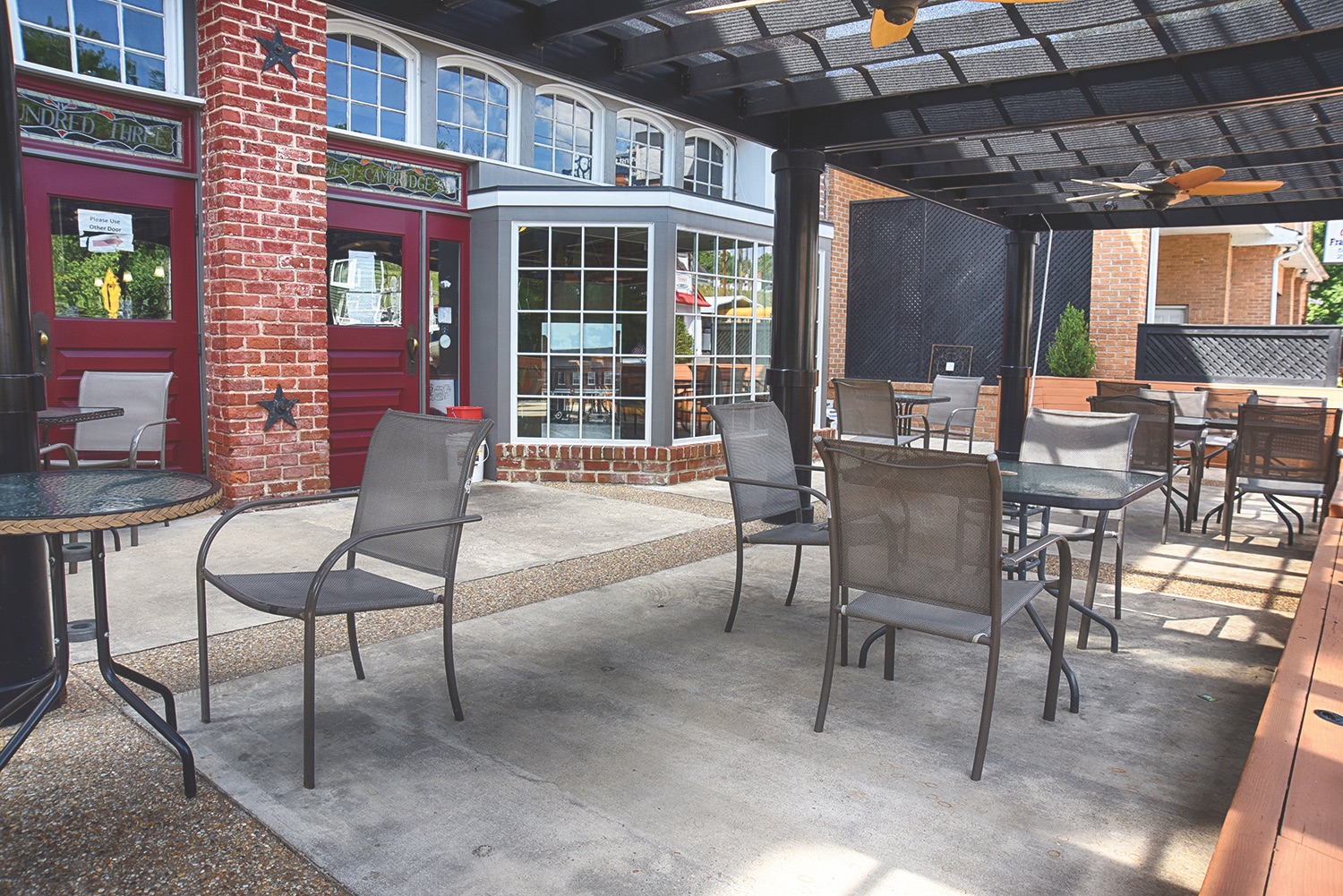
Amy’s Cafe 103 W. Cambridge Street
This 18th-century building was front and center during the campaigns in and around Fredericksburg. Today it’s an eatery and a local favorite, open seven days a week with a full bar and screened-in porch. In adherence to social distancing measures, they are operating currently at 50 percent capacity, with patrons seated 6–10 feet apart.

